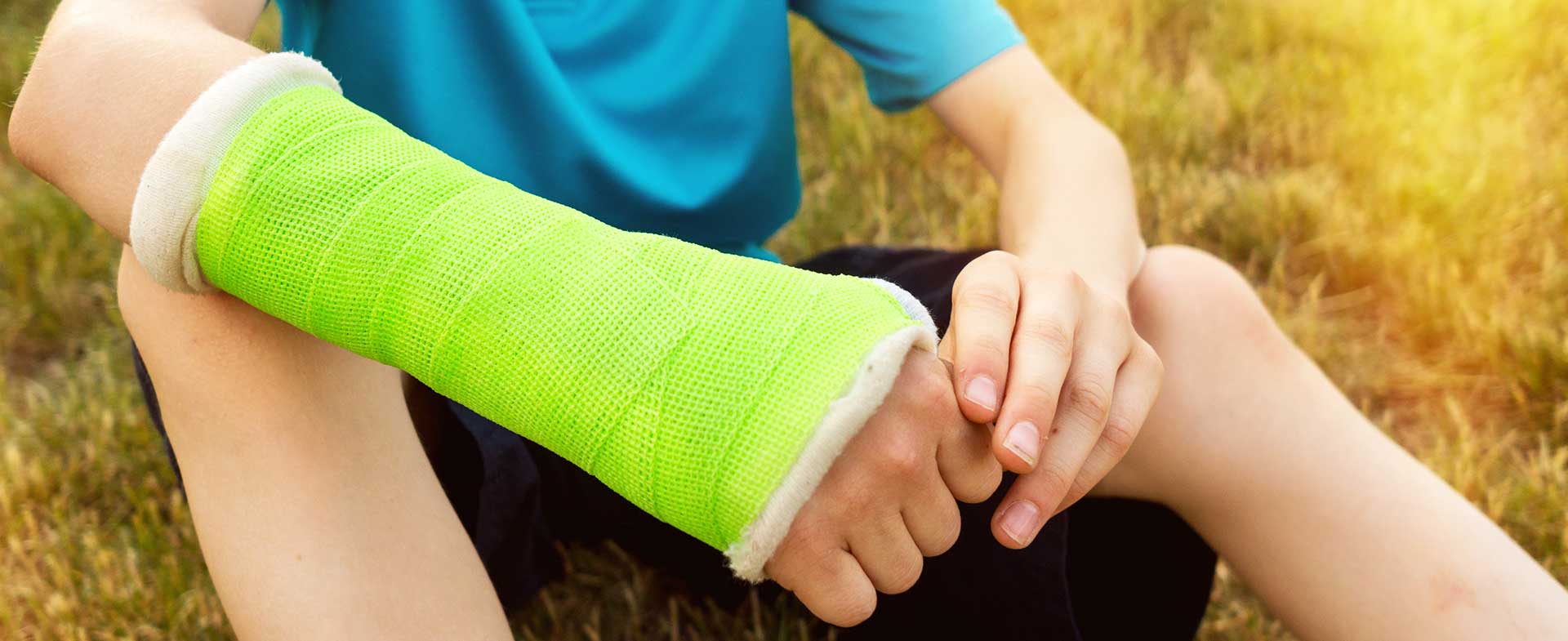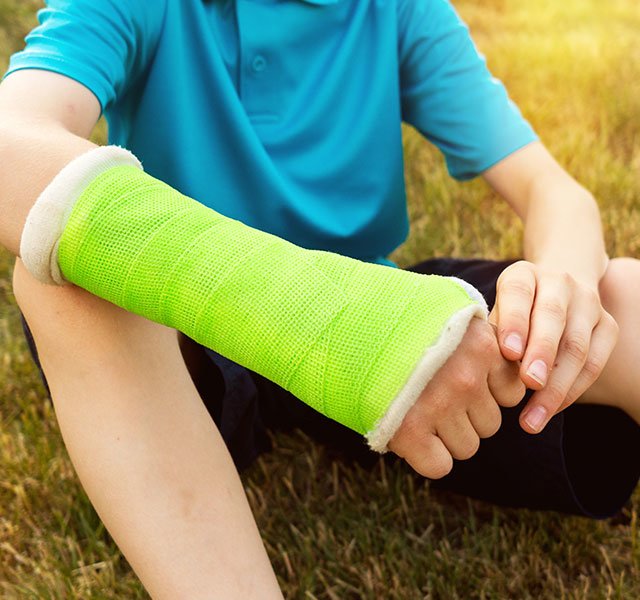Fractures and broken bones are remarkably common. Whether you're a young athlete or an aging gardener, breaking a bone can feel almost like a rite of passage.
"When it comes to broken bones, there's a bimodal age distribution," explains Joseph Hoegler, M.D., an orthopedic surgeon at Henry Ford Health. That means the injury rate tends to peak at opposite ends of the age spectrum — in youth and in seniors. "The younger population tends to suffer multiple broken bones from car accidents, falls and extreme sports-related injuries. The elderly population suffers from broken hips and wrists, usually due to falls."
Bone Health Basics
Recognizing whether a bone requires medical attention — or whether you need preventive screening to protect against fractures — isn't always obvious. We asked Dr. Hoegler to explain the bone basics to ensure you get the care you need:
Q: Why are broken bones so dangerous for the elderly?
A: According to the Centers for Disease Control and Prevention (CDC), falls are the leading cause of injury among older adults. More than one in four adults over age 65 fall every year, and many do so repeatedly. Unfortunately, about one in five of those falls results in a broken bone, fracture or head injury. A broken hip can increase your risk of dying by up to 25 percent during the year following the incident. Among those who survive, a broken bone can have serious consequences: If an older person was mobile before the fracture, they might require a cane or walker after the break. Depending on severity of injury, some elderly individuals may have difficulty regaining their mobility.
Q: Which body parts are most prone to fractures?
A: It depends on the age of the population and mechanism of injury. Younger people tend to suffer from ankle fractures and knee injuries, while older individuals are more likely to break a wrist or a hip.
Q: How do I know if I've broken a bone?
A: Your first clue is severe pain. If you see an obvious deformity or a crooked limb, chances are it’s broken. If you're experiencing issues with range of motion or can't bear weight, that can also indicate a break. The only way to get an answer is to visit your healthcare provider for an X-ray.
Q: What are the treatments for a broken bone?
A: Treatment depends on the degree of injury and whether or not the bone is stable. If the bone is unstable, it may require a temporary splint, cast or even surgery to correct the alignment. If it's stable, early range-of-motion exercises can help. Depending on the injury, we might let patients start walking right off the bat. So, for example, if you're over the age of 65 and you've suffered from a hip fracture, we'll try to get you up and moving the day of surgery. Every day you spend in bed, you lose additional muscle mass and increase the risk of developing bedsores.
Q: How long does it take a bone to recover after it breaks?
A: It varies. If you follow your doctor's instructions and allow for adequate rest and recovery time, your bone should heal within three to six months. More extensive injuries, especially those that involve a joint, may require two years or more for optimal recovery. Of course, healing time depends largely on your age, type of injury and functional status before the injury.
Q: Is there anything I can do to help speed up the recovery process?
A: Follow your doctor's orders. If you're advised not to bear weight, don't bear weight. Beyond that, follow standard advice for healthy living: Stop smoking, eat a healthy diet and if you have a chronic health condition like diabetes, make sure it is well controlled.
Bone Up On Prevention
It's important to take steps to keep your bones healthy before you break a bone. The good news: It's easier than you think! Here's how:
- Get the right nutrients: Nutrition plays a key role in building bones, so make sure you're eating a healthy diet that contains plenty of bone-building calcium and vitamin D.
- Get moving: Exercise stresses your bones and joints, but in a good way. Even simple activities like walking and climbing stairs strengthen bones and muscles, improve balance and reduce your risk of falls.
- Talk to your doctor: If you're over 50 and you've broken or fractured a bone, ask your doctor for a bone density test (DEXA scan). "Anyone who is over 65 should get worked up for brittle bones and osteoporosis," says Dr. Hoegler. That includes a complete physical exam, testing vitamin D levels and assessing functional abilities.
Most important, be careful. While cars have become safer and personal protective equipment is better than ever, it's important to avoid engaging in risky behaviors.
"The best way to prevent breaking a bone is to play it smart," Dr. Hoegler says. "Wear helmets, be careful when you're at work or at play, and avoid distracted driving."
Interested in learning more about how to protect your bones as you age? Henry Ford's Own the Bone program aims to raise awareness about the severe health implications of fragility fractures and reduce the risks associated with osteoporosis.
To find a doctor at Henry Ford, visit henryford.com or call 1-800-HENRYFORD (436-7936).
Dr. Joseph Hoegler is an orthopedic surgeon seeing patients at Henry Ford Hospital in Detroit.



